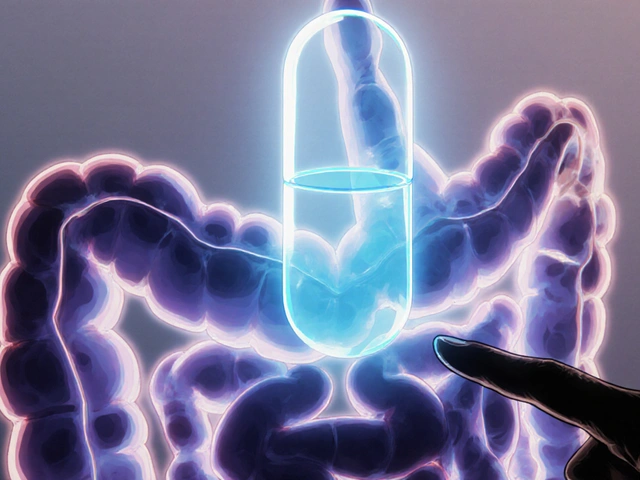Statin Side Effects: What to Watch For and How to Manage Them
Statins cut heart attacks and strokes, but they can cause side effects for some people. The good news: most problems are mild and reversible. This page explains common symptoms, serious warning signs, drug interactions, and straightforward steps you can try before panicking.
Common and rare side effects
Muscle aches (myalgia) are the most talked-about issue. In trials, clear statin-caused muscle disease is uncommon, but in everyday use muscle soreness is reported more often. Watch for constant aching, weakness, or pain that started after you began the drug.
Less common but important problems include elevated liver enzymes and, very rarely, severe muscle breakdown (rhabdomyolysis). Rhabdomyolysis causes extreme muscle pain, weakness, and dark urine — if that happens, seek emergency care.
Other possible effects: a small increased risk of developing diabetes (mainly in people who already have risk factors), mild memory complaints or confusion for some people (these usually go away after stopping), and digestive issues like nausea or constipation. Most of these are uncommon and often reversible.
What to do if you have symptoms
First question: are the symptoms mild or alarming? If you just have mild muscle soreness, tell your doctor but don’t stop the pill on your own. If you have severe pain, muscle weakness, or dark urine, stop the statin and get urgent medical help.
Your clinician may check blood tests: creatine kinase (CK) for muscle damage and liver enzymes. Routine repeat liver tests aren’t required for everyone — usually they’re done at the start and then only if symptoms appear. If CK is very high, the statin is usually stopped.
There are several practical fixes: switch to a different statin (pravastatin or rosuvastatin often cause fewer interactions), lower the dose, try alternate-day dosing with a longer-acting statin, or use non-statin options like ezetimibe or PCSK9 inhibitors if needed. Avoid combining statins with drugs that bump statin levels (certain antibiotics like clarithromycin, some antifungals, and grapefruit for simvastatin/atorvastatin). Also be careful with fibrates — combining them can raise muscle-risk, especially with gemfibrozil.
People sometimes ask about supplements. CoQ10 has mixed evidence — some feel better, but high-quality studies are not conclusive. If you try supplements, tell your doctor so they can watch for interactions.
Statins save lives for many people. If you think you have a side effect, report it, get the right blood tests, and work with your doctor on dose changes or alternatives. That way you can keep the heart benefits while minimizing harm.

Rhabdomyolysis from Statins: What You Need to Know About This Rare but Dangerous Side Effect
Rhabdomyolysis from statins is rare but dangerous - causing muscle breakdown and kidney damage. Learn the warning signs, risk factors, and how to stay safe while taking these life-saving drugs.
Detail
Switching Statins: Dose Equivalence, Side Effects, and Insurance Insights
Explore what doctors consider when switching statins. Get the scoop on dose equivalence, side effects, and insurance factors. Simple, practical, and human.
Detail




